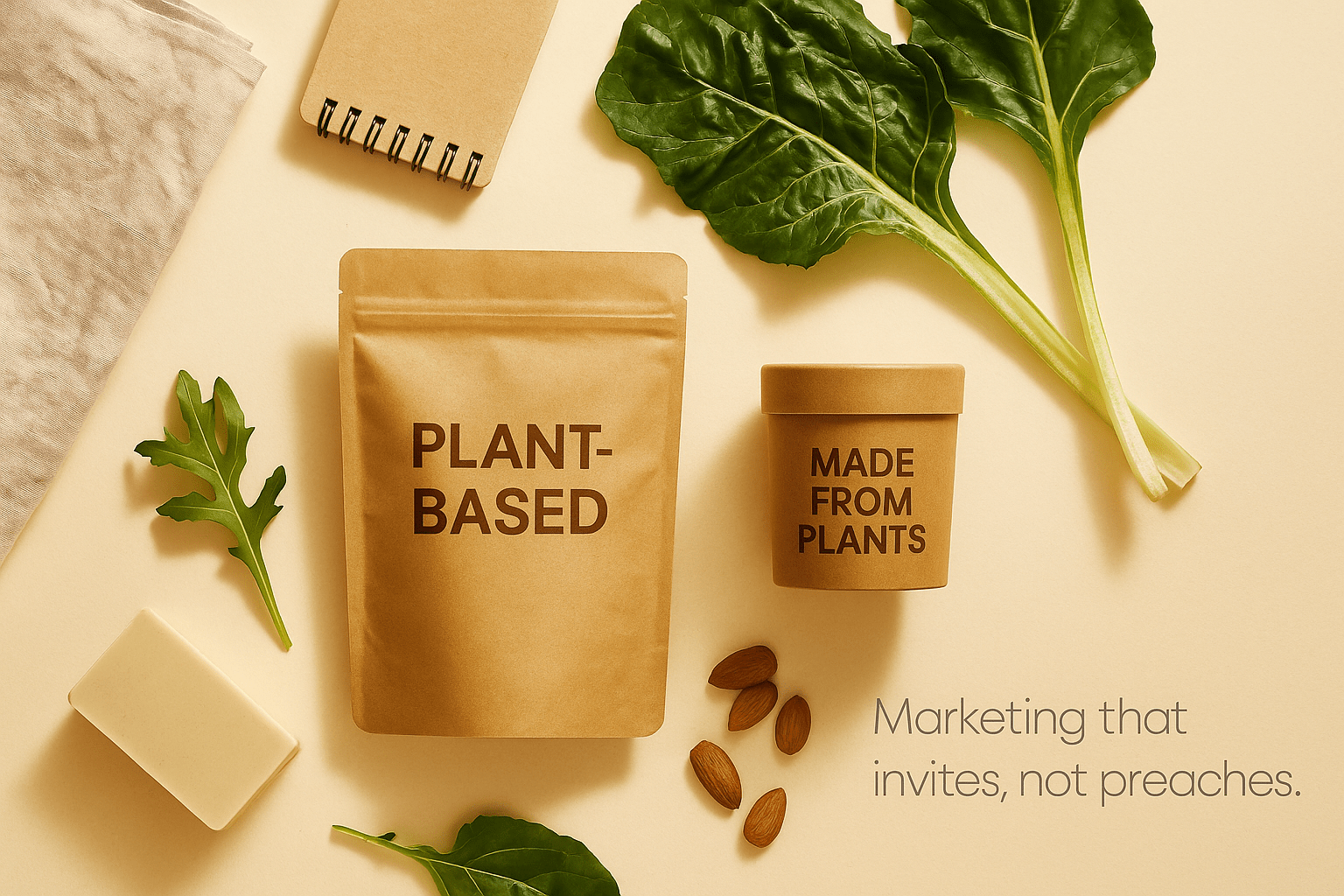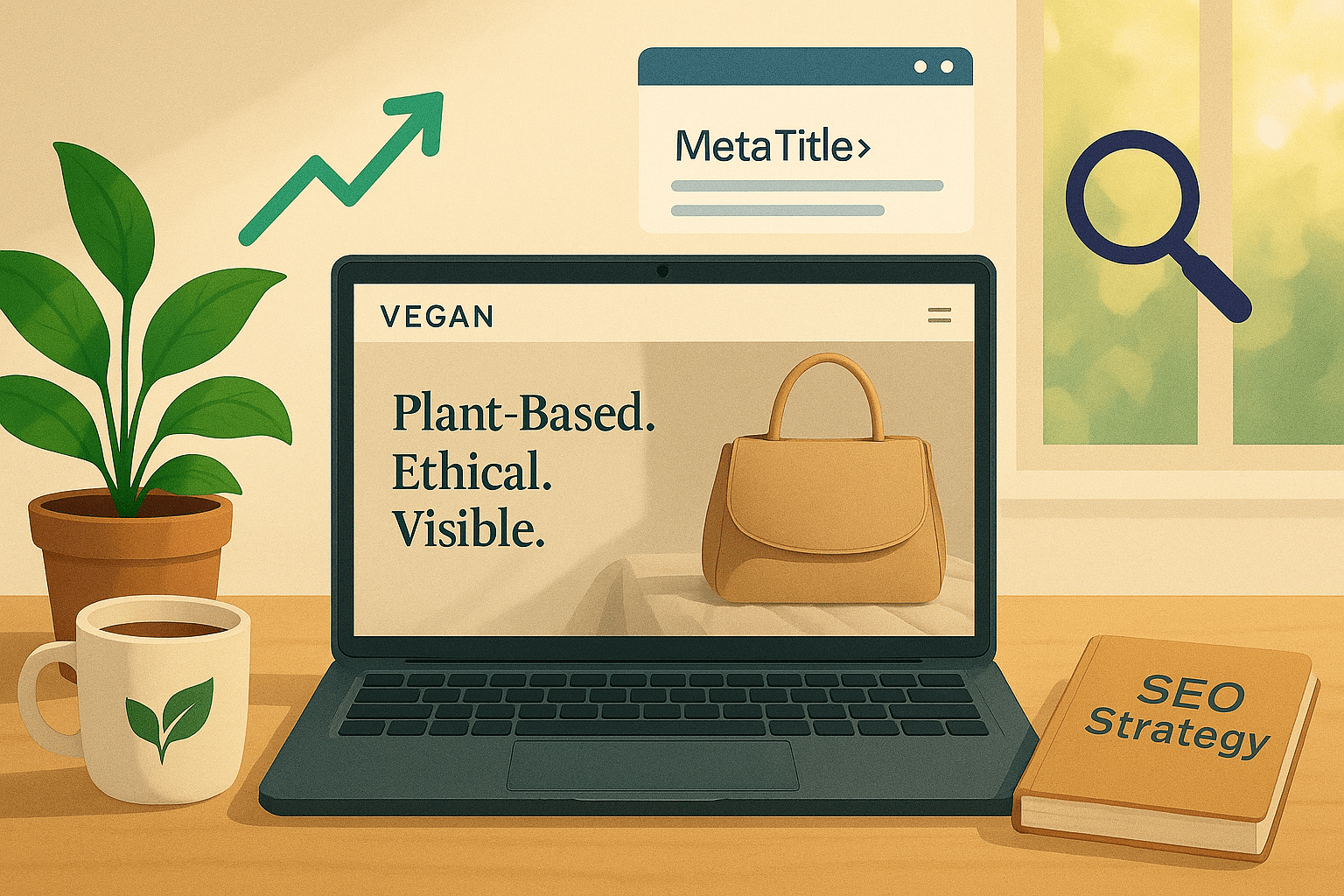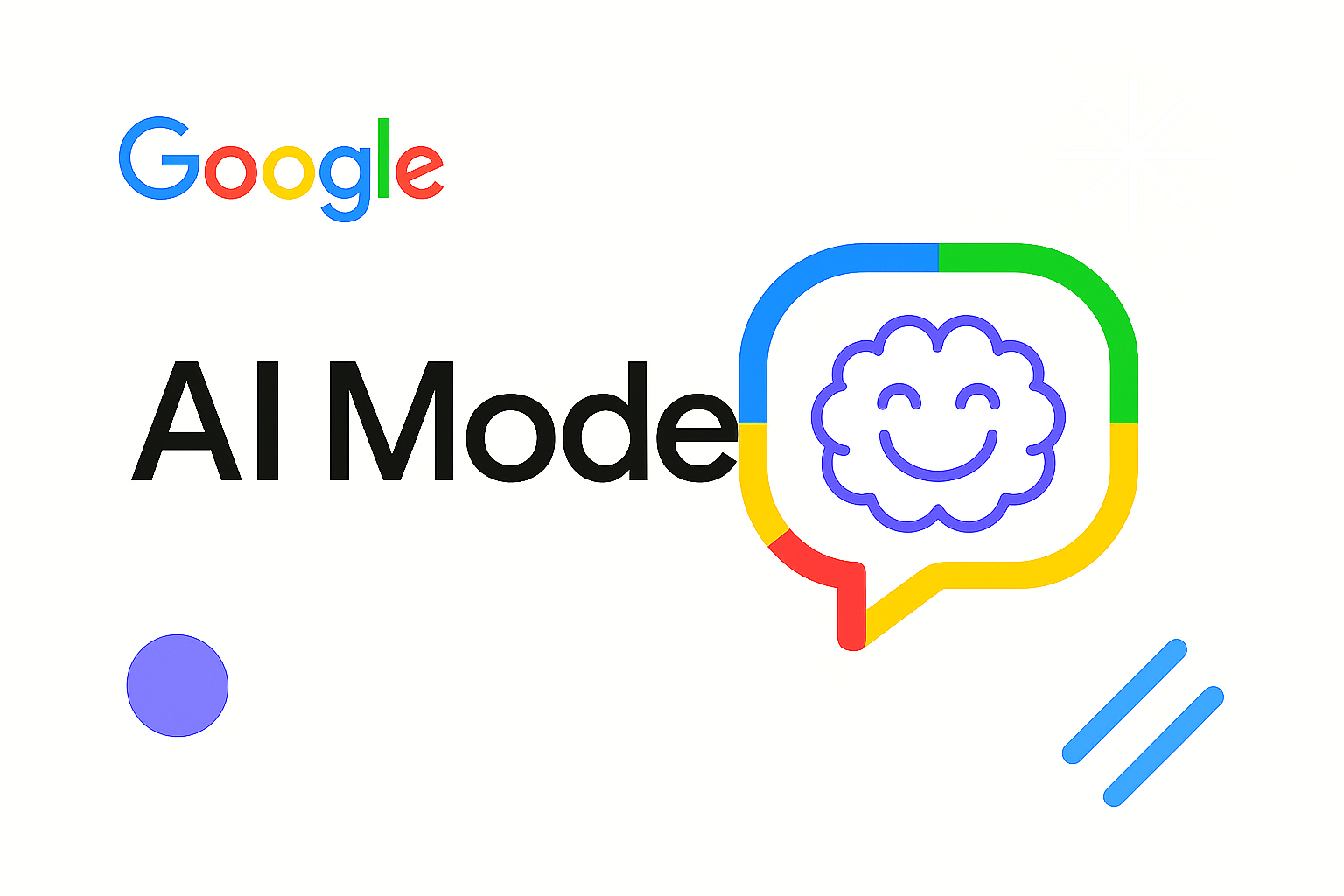
GeoChirp version 1.1 is out!
by AvneetThank you for waiting patiently while we updated GeoChirp.com, the Twitter and Google maps mashup tool so that it can continue to let you search for geo-located tweets of your interest.
GeoChirp.com version 1.1 uses Google Map v3 and Twitter REST API v1.1. Given the requirements of Twitter API, you will be able to see the resulting tweets once you authenticate the application and are logged into your Twitter account.
We’ve tried to keep all the features intact while giving it a slight facelift to meet the API requirements and make it a tad cleaner 🙂
We are also excited about the upcoming updates to the GeoChirp iPhone app! Launching soon, the newer version of Twitter-Google maps mashup iPhone app will give you the geo-located tweets in your palm! So we request you to hold off on the downloads for a bit. 😉
We hope you continue to use GeoChirp and please feel free to contact us with your feedback. We truly appreciate it!
GeoChirp Team
- About the Author
- Latest Posts
-
Email Marketing Without Fatiguing Conscious Consumers
by Charanjeev Singh
How to build trust, reduce inbox overload, and engage with intention Email marketing is a powerful tool. It lets …
Continue reading “Email Marketing Without Fatiguing Conscious Consumers”
-
How to Market Vegan Products Without Preaching (or Losing Sales)
by Tapam Jaswal
Marketing vegan products isn’t just about talking to people who already follow a vegan lifestyle. It’s also about connecting with …
Continue reading “How to Market Vegan Products Without Preaching (or Losing Sales)”
-
Vegan SEO: Optimizing Organic Visibility for Purpose-Driven Brands
by Tapam Jaswal
More people than ever are interested in vegan products and services. If you run a vegan brand, ensuring customers can …
Continue reading “Vegan SEO: Optimizing Organic Visibility for Purpose-Driven Brands”
-
Google AI Mode Explained: How It’s Reshaping Search and Content with Real Examples & Tips
by Tapam Jaswal
If you’re in SEO or content and have been watching Google’s changes, you already know: AI Mode isn’t a minor …
-
Jiva’s Organic Traffic Growth: 354% Surge in 6 Months | CueForGood
by Nida DanishSummary: Jiva’s efforts to empower smallholder farmers weren’t gaining the digital traction they deserved. With a strategic overhaul led by …
Continue reading “Jiva’s Organic Traffic Growth: 354% Surge in 6 Months | CueForGood”
-
What We Learned When We Switched From Disposable Tissues to Reusable Napkins
by Nida DanishAt CueForGood (CFG), we’ve embraced a refreshing change: reusable cloth napkins. While the switch may seem minor, it’s rooted in …
Continue reading “What We Learned When We Switched From Disposable Tissues to Reusable Napkins”





